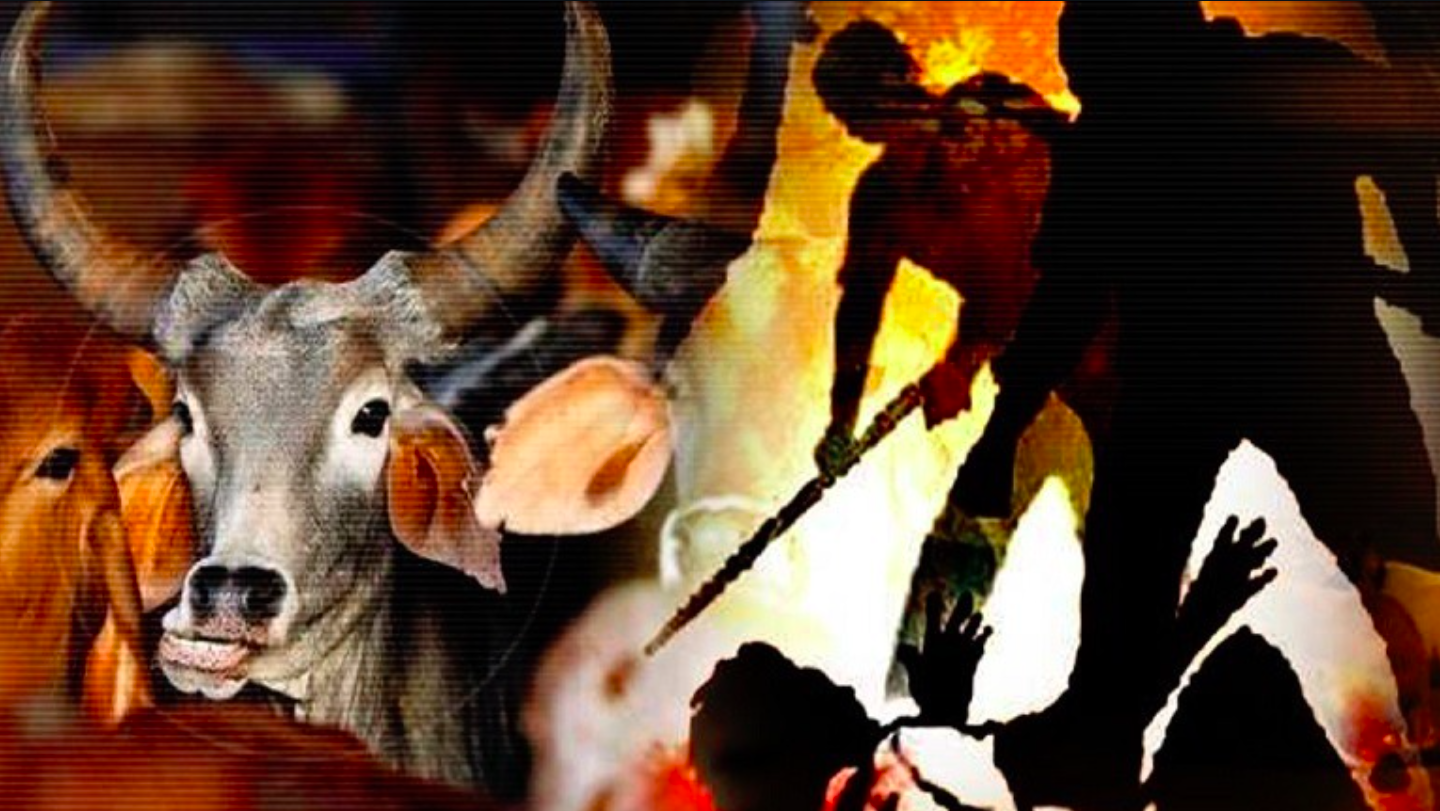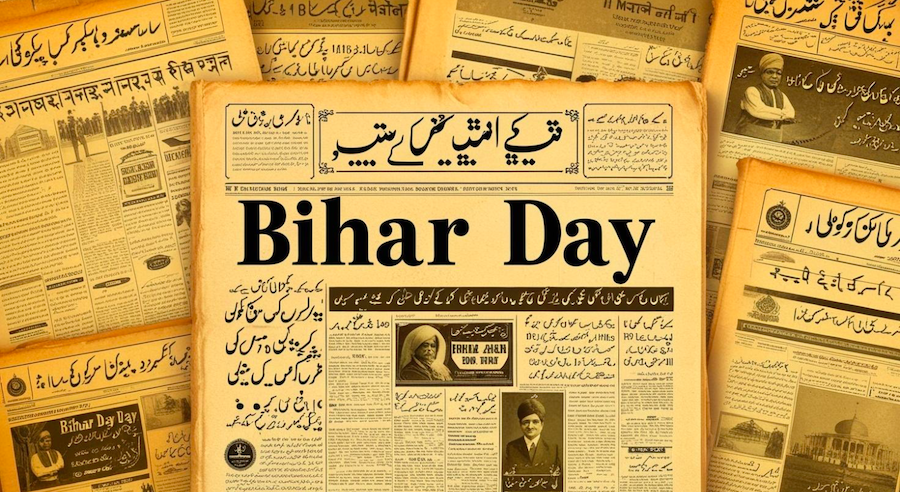Here’s a look at what the court that convicted Shahzad Ahmad in the Batla House encounter had to say on some of the arguments raised by the defence questioning the Delhi Police’s report on Shahzad’s role in the shootout.
The encounter took place between the Special Cell of the Delhi Police and alleged terrorists at a flat (L-18) located in a crowded and predominantly Muslim neighbourhood called Batla House in South Delhi, on the morning of 19 September, 2008, six days after serial blasts ripped through Delhi. The encounter left Inspector MC Sharma and two alleged terrorists dead.
One of the occupants of the flat Saif surrendered and wasn’t charged in the case.
Shahzad and Junaid (who is still absconding) fled during the encounter. Shahzad was arrested in February 2010 in Uttar Pradesh.
On Thursday, the trial court convicted Shahzad, also an accused in the 2008 Delhi serial blast of case, of firing at the police, murder and destruction of evidence.
On Shahzad’s great invisible escape
The Defence had argued that none of the six eye-witnesses — all of whom were police officials — had given any description of the two alleged terrorists, Junaid (absconding) and Shahzad, who had fled the scene after firing at the police.
This is what the eyewitnesses had said in court: “ASI Anil Tyagi (Prosecution Witness 13) also deposed in the court that total nakabandi(blockade) was done of that gali where the said flat is situated. He (Tyagi) did not see any public person going in or coming out of the building. He (Tyagi) was positioned at main gate of L18. Similarly, ACP Sanjeev Yadav, who was examined as Prosecution Witness (PW) 56 deposed that no occupants of the flat met him while climbing the steps of L18 Batla House. Inspector Rahul Kumar (PW8) searched the adjoining flat ie Flat No 107 as well as roof of that building but could not get any clue how said two persons escaped.” (quoting from the judgement).
What the Judge said: “Needless to say that as per case of the prosecution, the said two offenders skipped using the stairs, posing themselves as local residents before the police persons deployed there.Although there is no evidence in that regard, it is the case of none that the said two offenders were known to the police persons who were deployed at the stairs or on the ground floor of the building to secure it. It was not improbable for a person to have safe exit, posing himself local resident.” (emphasis added).
On absence of independent witnesses Defence had argued that despite there being shops near Abbasi Chowk, where the two raiding teams had met, a mosque on their way and residents in buildings near the flat where the encounter took place, no independent witnesses were made part of the raiding party, as is the norm.
What the judge said: “…public apathy in joining investigation of heinous offences even of general concern as a witness, have been highlighted by the media as well as by the higher courts, time and again. Keeping in mind all this trend of general public, in my opinion, if the police could not join any public person on the way to the spot, the same is not fatal to the case of the prosecution…. I do not find myself in agreement with the Counsel for the accused contending that in the absence of independent public witnesses accused cannot be convicted on the basis of testimony of police officials…. Due to exigency police could not join any public present near the spot. Moreover, witnesses of this case were not the witnesses of investigation rather victims and hence eyewitnesses of incident. I find no reason to discard their testimony, as a waif.”
The curious case of the occupant who surrendered
Defence had argued that despite Mohammad Saif being one of occupants of flat No 108 and having been apprehended by the police, was neither cited as a witness nor examined in court. This, the defence counsel argued, created an adverse inference against the prosecution. The defence went on to produce Saif as their own witness. This is what Saif said in court.
Quoting from the judgement: “It is stated on oath by said witness (Saif) that accused Shahzad Ahmad @ Pappu was not present in that flat, at the time of incident.” (emphasis added).
What the judge said: I agree with the Defence counsel. Even as per case of prosecution, Mohammad Saif surrendered before the police after coming out of the toilet of the said flat. In this way, Mohammad Saif was an important witness may be an eyewitness of incident and if prosecution did not examine him as of a witness, it can be presumed that said witness would not have deposed in favour of prosecution.
On the murder weapon
According to the prosecution, Shahzad got rid of the gun that he had used during the shootout in Gang Nahar, in Ghaziabad, Uttar Pradesh. The weapon was never found. To quote from the chargesheet, “On February 4, 2010, Shahzad@Pappu and a team from crime branch was taken to the bridge on Gang Nahar where he pointed out the place from where he had thrown the weapon on the evening of 19 September, 2008. The current of the water was strong and despite best efforts, the weapon was not found.”
However, as per the ballistic report, none of the recovered ammunition from the site of the encounter corresponded with the firearm alleged to have been used by Shahzad@Pappu.
The judgment is silent on the question of absence of evidence that links bullets recovered from encounter site to the gun allegedly used by Shahzad. (Courtesy: firstpost.com)
Read full judgement here:









